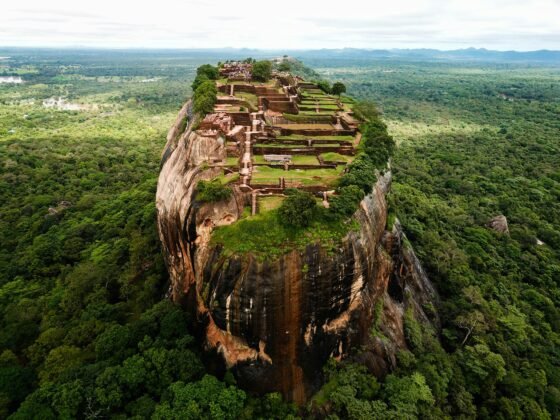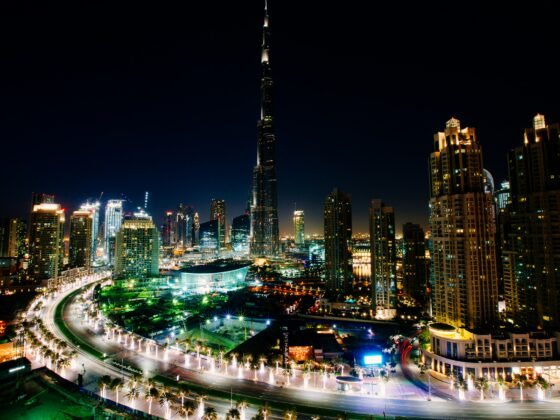Angkor Wat, also known as the City of Temple, is a temple complex that has its roots back to a 12th century king of Khmer empire. Situated about 200 miles from the Cambodia’s capital, this temple is one of the oldest and most visited monuments in the world.
As you drive south of the capital city, the dry soil that adorn the way turn into soft green contours until you reach the island, a surprisingly narrow stream that surrounds a rectangle land that is accessible through bridges on two sides. Thousands of pilgrims and travellers stop here to get a glimpse of the best preserved architecture that was once dedicated to Hindu God Vishnu. In Cambodia, where the total landmass is just over 70,000 square miles, where people descend on designated places bearing tools to work in the agriculture and garment industries, this temple city draws travelers and monks anxious to know its heritage.
The temple’s mesmerizing structures clanked into existence, with ideas derived from Hindu cosmology. The city around the complex was later built around the hill housing the temple. But it is in the realm of the central tower of each temple that this place offers the best story of all. Each tower is a symbolic representation of Mount Meru encircled by cosmos which is considered sacred by Hindu pilgrims.
The Cambodian waterways nearby, needless to say, is another spectacular view from the temple. There’s a message here, and the visitors are certainly hearing it – the waterways are a better way to control water for irrigation besides telling the tale of water of the cosmos.
The exterior of the Angkor Wat isn’t the only attractive part of the temple complex. Apart from the views of the five central shrines, there are three galleries that are integral to its design. The first gallery, preceded by a long portico and the main entrance, has pillars that are square shaped and walls inundated with beautiful carvings of gods and goddesses. The ceiling with lotus paintings and the room illuminated by natural light add to the casual warmth of the temple atmosphere. The walls on the other side are filled with dancing male and female figures from the Hindu epics. Again, the natural lighting, the most elusive of all the design elements of the temple, works great, playing on the subconscious mind to move toward it. A long avenue forms the bridge between the first and the second gallery that welcomes visitors as they enter. The staircase with lion sculptures on both sides and the desire to explore what is behind the inner walls of the gallery blur the line between actual heritage of the temple and its mystery. The third gallery is where the five shrines are located, its ceiling decorated with birds and snakes.
Today, the Cambodian Government has joined hands with the UNESCO and other foreign investors to provide high quality services to its tourists, in order to improve its economy and simultaneously retain the richness of the culture.









